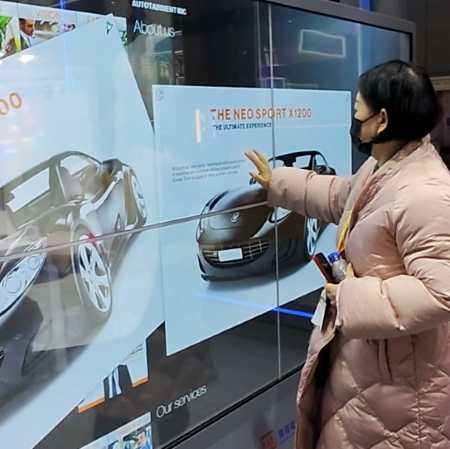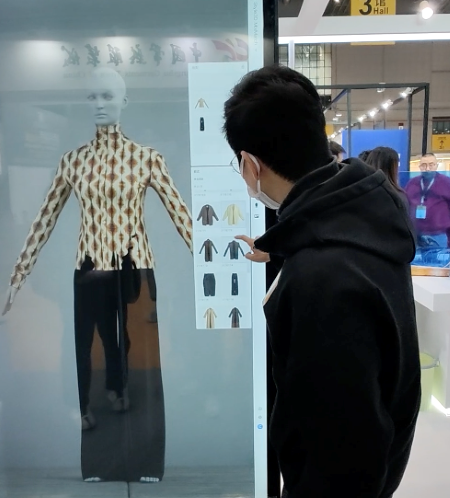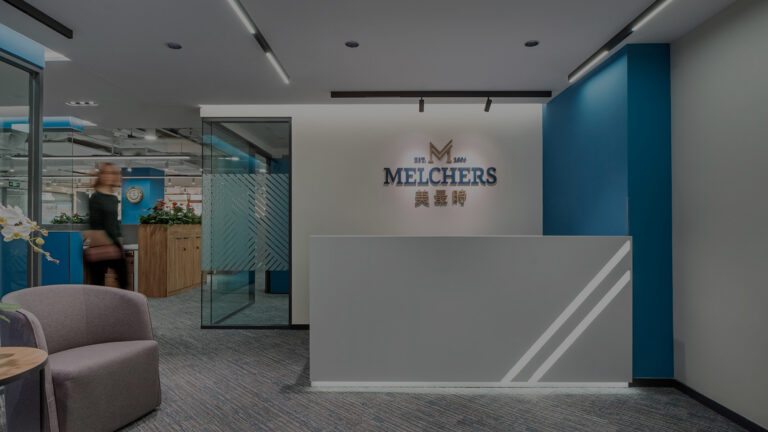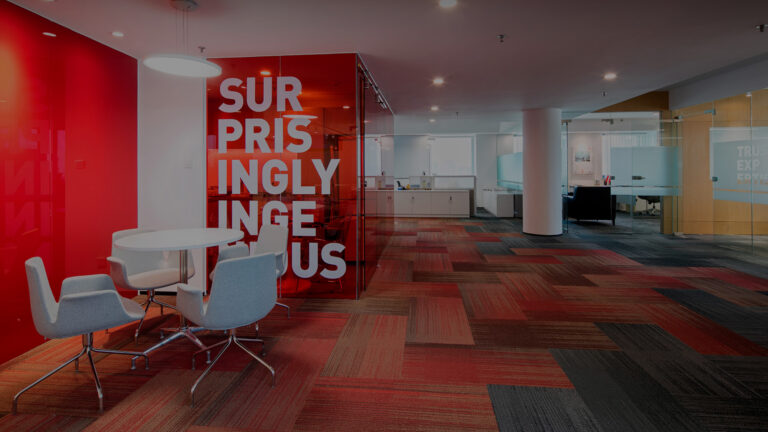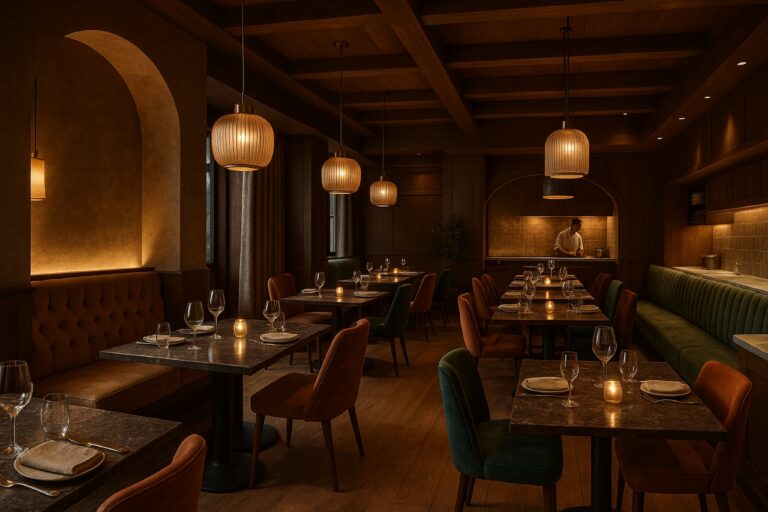Our Managing Director, Barbara Seidelmann, was at EuroCIS 2024 in Düsseldorf, while our Client Manager, Diego Lopez, in Shanghai, participated in the APPP Digital Future, CIIF-EXPO / Digital Economy & Industrial Decarbonization, Tech G Expo – Smart City and CHIC Exhibition Spring 2024.Their experiences provided us with valuable insights into the Latest technology trends, helping us stay informed about what’s happening in the retail industry.
USE OF LIGHTBOXES
- Perspective Effects: Lightboxes can be strategically positioned to create depth and perspective within a store. For example, placing a lightbox at the end of an aisle can make the space appear longer, emphasizing the perspective.
- Background Enhancement: Lightboxes serve as dynamic backgrounds for displays. Retailers can use them to showcase lifestyle imagery, brand stories, or thematic visuals and reinforce the brand identity.
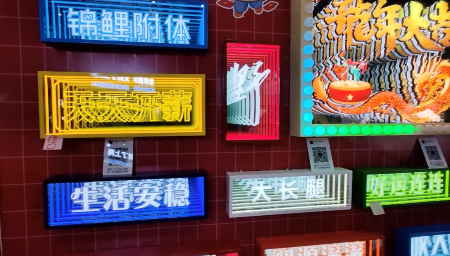
Moving Surfaces - Texture Simulation
The captivating arrangement features a multitude of metallic cylinders, each with a concave hollow at one end. These cylinders are meticulously aligned in neat rows and columns, creating a mesmerizing pattern.
- Visual Merchandising: Retail spaces could incorporate similar metallic elements for visual impact. Imagine a boutique with walls adorned by reflective cylinders, creating a dynamic shopping experience.
- Interactive Displays: Imagine customers exploring textures, triggering animations, or revealing product information.
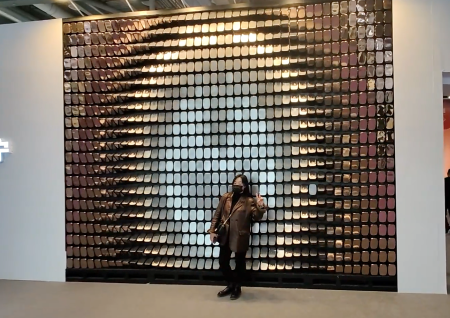
3D corner screens for Perspective generation
- Virtual Try-Ons and Interactive Product Demos: For fashion and accessories, customers could virtually try on items using 3D perspectives. Imagine a 3D corner screen showcasing a new gadget—customers can rotate it, zoom in, and explore features.
- Product Displays: In retail exhibitions, 3D corner screens showcase products dynamically.
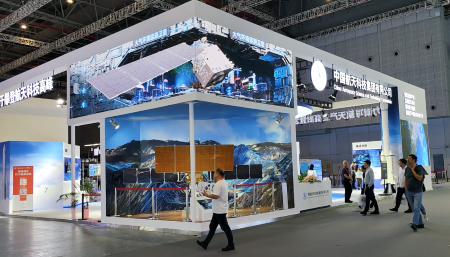
Holograms through blade movements and videos
The futuristic exhibition where holographic images materialize through the motion of blade-like structures. These structures serve as dynamic canvases for projecting three-dimensional illusions. Unlike traditional holograms, which rely on static surfaces, blade-based holography introduces movement and fluidity.
- In-Store Displays: Retailers use blade movement holograms for eye-catching product displays. These displays attract attention, engage customers, and enhance brand perception.
- Exhibition Stands: At trade shows and exhibitions, companies set up elaborate stands to showcase their offerings. A car manufacturer might display a holographic car engine, dissecting its components or an electronics brand could demonstrate the inner workings of a smartphone using holograms.
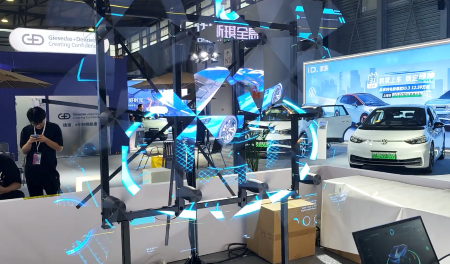
- touch-responsive holographic videos: Hologram videos that interact based on touch and you can move and zoom products, place orders that are displayed from the shop window
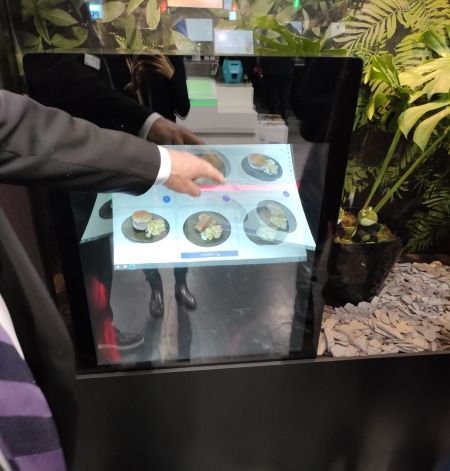
use of virtual showcases:
Virtual showcases have become increasingly popular in retail environments due to their ability to enhance the shopping experience and provide numerous benefits for both customers and retailers. Virtual showcases allow customers to visualize products in a realistic and immersive way. This can include 3D models, augmented reality (AR), or virtual reality (VR) experiences that provide a lifelike representation of the product, helping customers make informed purchase decisions.

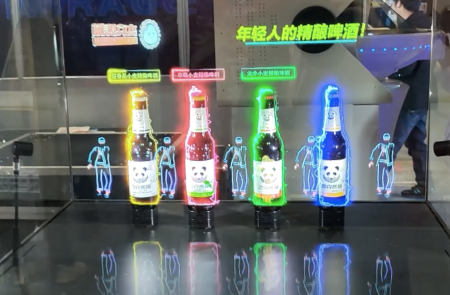
Use of interactivity at the point of sale - touch screens - product information / Use of Artificial Intelligence technology in store design
- Interactive Advertising Screens: These screens, serve as powerful tools to engage passers-by. A large vertical touchscreen showcasing a virtual mannequin adorned in various clothing items. Shoppers can select and visualize different outfits on the mannequin, all at the touch of a finger.
- Effects of Interactivity: Research has explored the impact of interactive screens on consumer behavior, particularly in terms of impulse buying. When users engage with interactive content, activating their sense of self-agency, they are more likely to make spontaneous purchases.
